City Directories and History: This structure was purchased by William Aiken Sr. in 1811 from the trustees of the minor James Mackie for $14,000. It was originally built as a brick single house with associated outbuildings located on the Ann Street side of the property. A ballroom addition was constructed sometime after Aiken’s death in 1831, as was the Gothic Revival style carriage house at the rear. The property was extensively damaged in the 1886 earthquake. It remains a strong presence on King Street. Its fence was removed in the early-twentieth century and given to the Gibbes Museum of Art.
Aiken, the father of South Carolina governor William Aiken Jr., born in County Antrim, Ireland, is perhaps best remembered as the president of the South Carolina Canal and Railroad Company, which was begun in 1827 in an attempt to regain a portion of the shipping trade lost to the port of Savannah. The railroad was completed to Hamburg (near Aiken), South Carolina, by 1833. The company later became part of Norfolk

Images courtesy of the Library of Congress – HABS Photo Collection

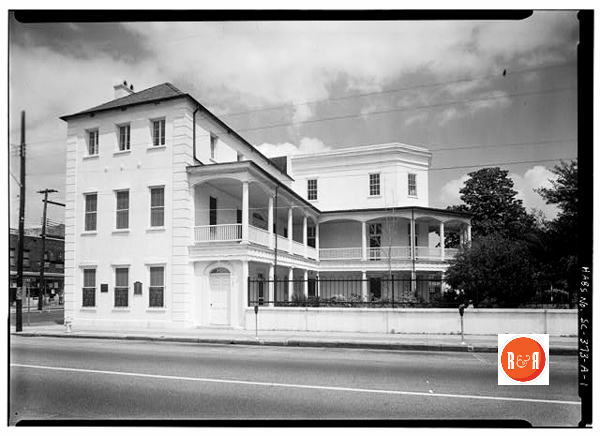 Southern, which still operates its district sales office in part of the house, thus maintaining the long rail- road history of the property. In 1977 the property was donated to the National Trust for Historic Preservation and now houses its Southern Regional Office.
Southern, which still operates its district sales office in part of the house, thus maintaining the long rail- road history of the property. In 1977 the property was donated to the National Trust for Historic Preservation and now houses its Southern Regional Office.
The Buildings of Charleston – J.H. Poston for the Historic Charleston Foundation, 1997
Enjoy additional information on this National Register property.
The William Aiken House and Associated Railroad Structures are nationally significant for their role in the development of the railroad industry in the United States. The railroad structures represent the best extant collection of antebellum railroad structures illustrating the development of an early railroad terminal facility. These buildings were constructed as the need for them developed. The Aiken House was the residence of William Aiken, Sr., who had a major role in the creation of the South Carolina Canal and Railroad Company and served as its first president. This railroad company was the first to use
steam from the beginning of its operations, the first to use an American made locomotive and the first to carry the State’s mail. In addition to the original house (ca. 1807) built in the Adam tradition, the associated structures include the Camden Depot (ca. 1850), Deans Warehouse (ca. 1856), South Carolina Railroad Warehouse (ca. 1857), Tower Passenger Depot (ca. 1850), Line Street Car and Carpenter Shops (ca. 1857), the railroad right-of-way, and the “Best Friend of Charleston” steam locomotive Replica (ca. 1928). Listed in the National Register October 15, 1966; Designated a National Historic Landmark November 4, 1963. [Courtesy of the S.C. Dept. of Archives and History]
IMAGE GALLERY: Photo contributed to R&R by Gazie Nagle @ www.fineartbygazie.com
Other sources: Charleston Tax Payers of Charleston, SC in 1860-61, Dwelling Houses of Charleston by Alice R.H. Smith – 1917, Charleston 1861 Census Schedule, and a 1872 Bird’s Eye View of Charleston, S.C. The Hist. Charleston Foundation may also have additional data at: Past Perfect
Stay Connected
Explore history, houses, and stories across S.C. Your membership provides you with updates on regional topics, information on historic research, preservation, and monthly feature articles. But remember R&R wants to hear from you and assist in preserving your own family genealogy and memorabilia.
Visit the Southern Queries – Forum to receive assistance in answering questions, discuss genealogy, and enjoy exploring preservation topics with other members. Also listed are several history and genealogical researchers for hire.
User comments welcome — post at the bottom of this page.
Please enjoy this structure and all those listed in Roots and Recall. But remember each is private property. So view them from a distance or from a public area such as the sidewalk or public road.
Do you have information to share and preserve? Family, school, church, or other older photos and stories are welcome. Send them digitally through the “Share Your Story” link, so they too might be posted on Roots and Recall.
Thanks!
User comments always welcome - please post at the bottom of this page.


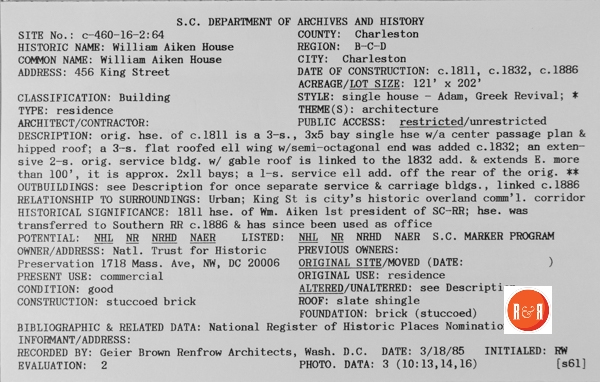



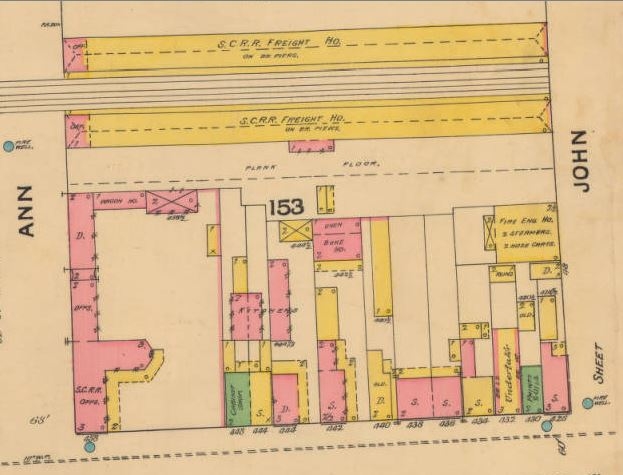
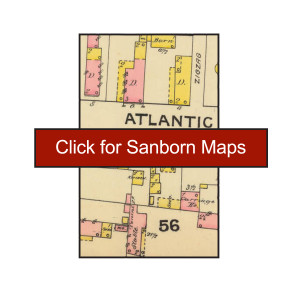

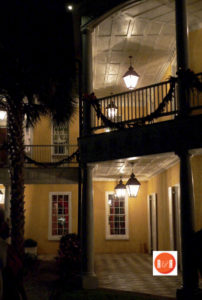

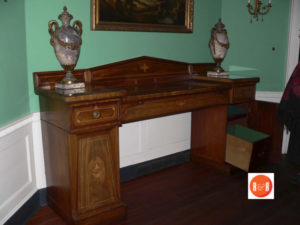


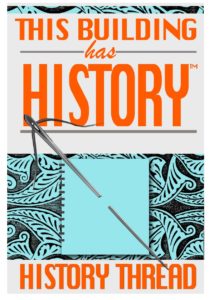



Share Your Comments & Feedback: